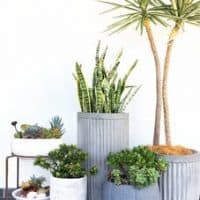Best Sprinkler for Vegetable Garden
The sprinkler is a device used in an irrigation system that sprinkles water in the air when moving back and forth, i.e., spraying the water using a spray mechanism, usually in the form of a circle, Best Sprinkler for Vegetable Garden.
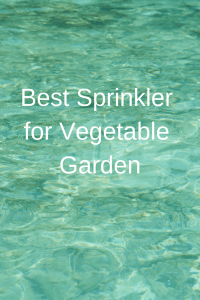
Water can be distributed under pressure using a nozzle attached to it. This is a mechanical device that connects to a garden hose for watering the lawn or garden.
It can also be known as a fire extinguisher that is activated by heat or fire extinguisher, which is used to extinguish the fire and consists of a network of air pipes that automatically release water when it reaches a preset temperature.
They are necessary and effective means to combat fires in buildings, especially in small towns where water supplies are minimal with fewer firefighters.
Can be controlled by spraying water on a specific area of the garden. Spray irrigation is a flexible system that can be used to provide sufficient moisture for plant growth, as well as to control freezing or cooling plants during the heat.
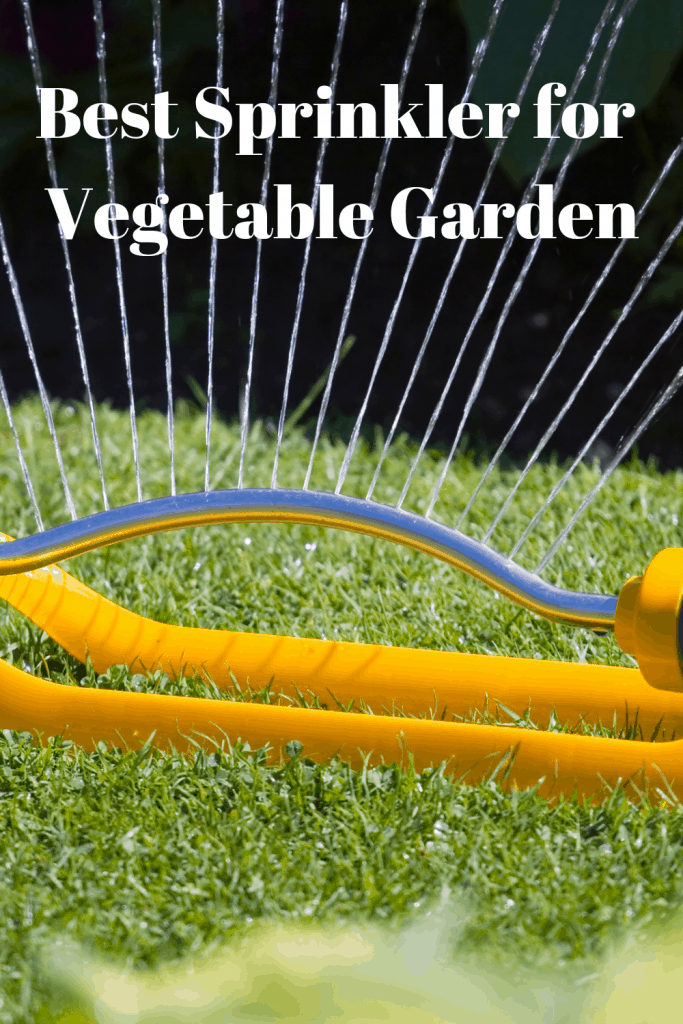
There are different types of sprinklers for the family of flowers and other plots of land in the garden. Typically, this system can be used to apply pesticides, fertilizers, and more recently, to clean the sewage from crops and meadows.
It can have many advantages and can be applied to areas of different topography.
This does not require surface adjustment and is suitable for most crops, not for everyone, and adapts to most irrigation soils.
It can also be used to cool crops during the heat, protect against frost, and plant health management.
Using the appropriate drainage system, sprinklers can be used effectively to discharge the accumulated salts along with the profile. Chemicals and fertilizers are easily applied to this system.
In short, it is a reliable and suitable source of irrigation water, which provides excellent control over water supply, reducing vegetative growth, and improving product quality.
Table of Contents
Watering of Your Vegetable Organic Garden Tips
Watering of Your Vegetable Organic Garden Tips will provide you with valuable tips to water your garden in a good way.
The percentage of the structure of a watering plant.
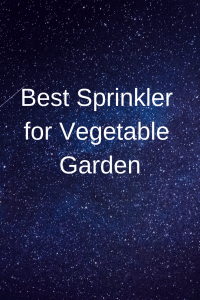
Ninety-five % of the structure of the plant consists of water. The majority of the processes of the plant involve water.
And this can be why watering is one of all the additional necessary aspects of effective horticulture for your vegetables’ organic garden.
At the side of light-weight and greenhouse gas, water helps accelerate the mandatory processes required for the effective care of your plants.
With vegetables, you can not afford to travel wrong. Since this may give nourishment to each animal and humans alike.
Water additionally acts a supplementary supply other than a downfall.
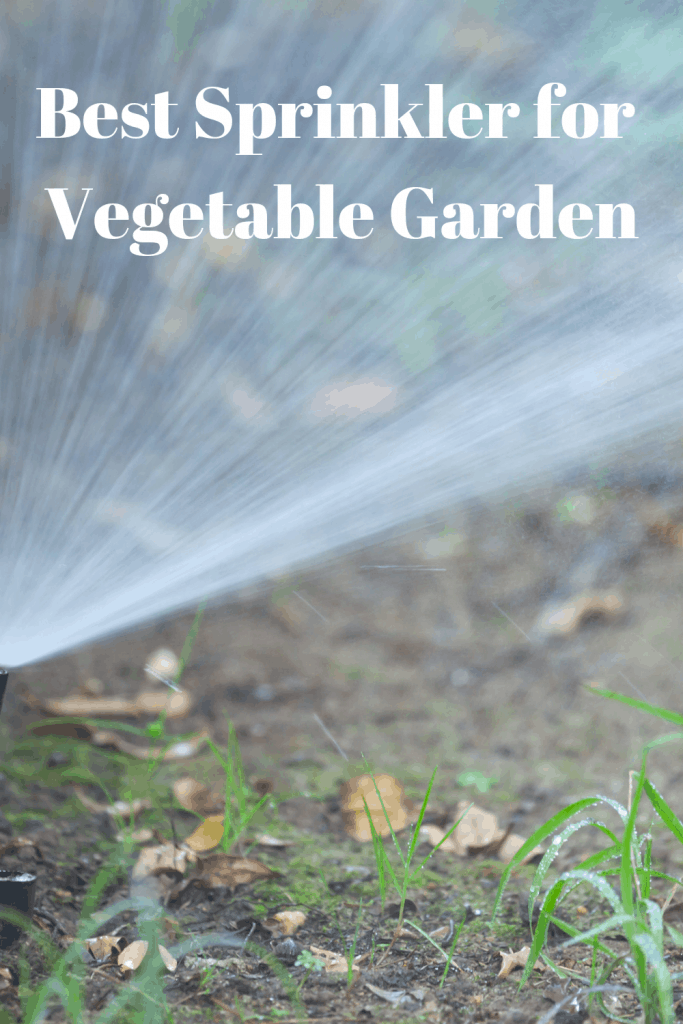
An irrigation system is important to supply the specified quantity of water in your garden.
The natural sources of water, namely, precipitation and underground water systems, aren’t usually ample for the plants.
Most of the time, human intervention needs to confirm that the plants can reach their most potential.
The frequency of your watering is proportional to the typical quantity of downfall that falls on the realm underneath that your garden lies.
The type of soil also affects the quality of plants’ water retention.
The soils made of clay and they usually lauded for their excellent ability to hold water in, but sometimes it goes overboard, so caution is required.
Sandy sieves need additional help as they have an inclination to slip off the water being placed on that.
The addition of organic matter like a composting combine conjointly helps improve the power to carry water.
There are different external factors poignant the character of watering in your garden. throughout weather conditions.
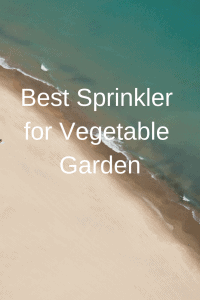
The plants will simply drown in water and wilt. On the opposite hand, the plants need additional water once there’s a surplus of daylight or wetness levels.
The factors of wind and air movement may also move the water from the plants.
Also, the sort of plant will have an effect on the capability to carry water. Additional mature plants could notice it harder to retain water than the younger counterparts.
When watering the plants, ensure that you simply apace and able to soak the soil totally before doing anything.
Another issue to contemplate is observant the plants at totally different times of the day.
Usually, plants look additional stale at midnight time. However, this can be natural and will not typically need excessive watering.
Sometimes we obtained the balance on a subsequent day. However, if you see the plant stale throughout the daytime.
It is best to soak it with water to avoid it from wilt fully.
Often, vegetables picked from well-watered plants last longer than their fewer moire counterparts.
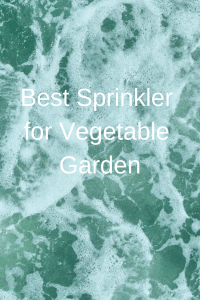
Unless you are growing succulent, water does not need to be used slenderly.
These methods varied the ways that to water your plants: by a mechanical device that’s manually controlled or automatic, by hose or different means.
Often, the mechanical device is that the most known style of watering tool.
Correct planning of the frequency of your water sprinklers’ operations. This will also make sure that your plants are systematically moire at totally different times of the day.
It is conjointly counseled that a uniform distribution of water is maintained. So as to make sure that every one of the plants in your vegetables’ organic garden square field well-cared for.
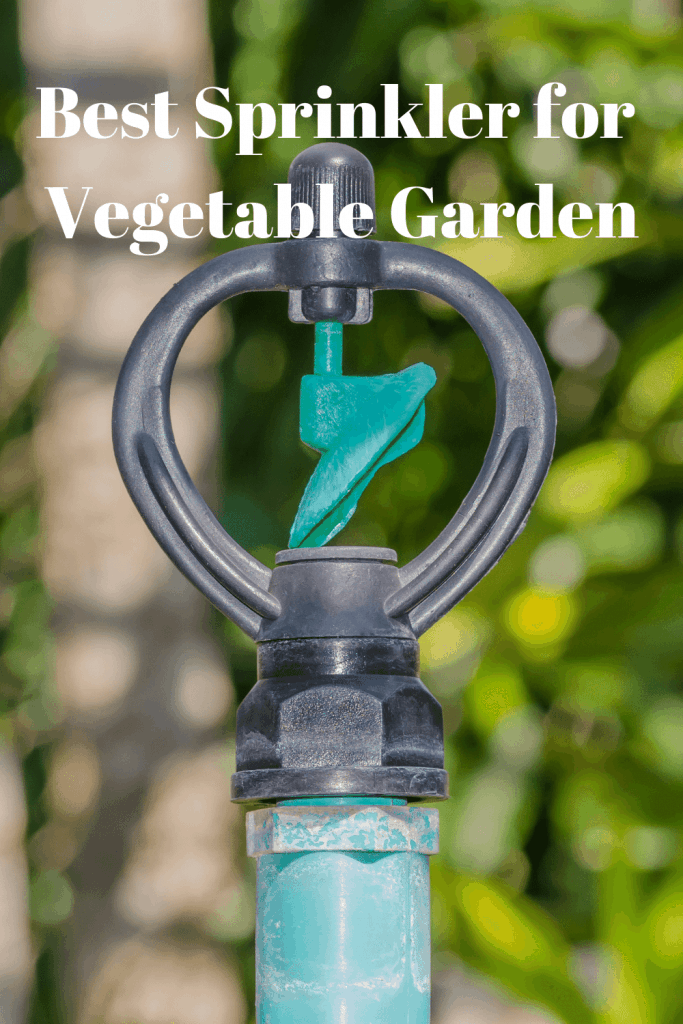
Despite the requirement for frequent watering, conjointly bear in mind that there’s conjointly a necessity to conserve water.
Thus, this will ensure that there are not any leaks some on the far side of what your organic garden desires.
Related Articles
What Is Organic Vegetable Gardening


